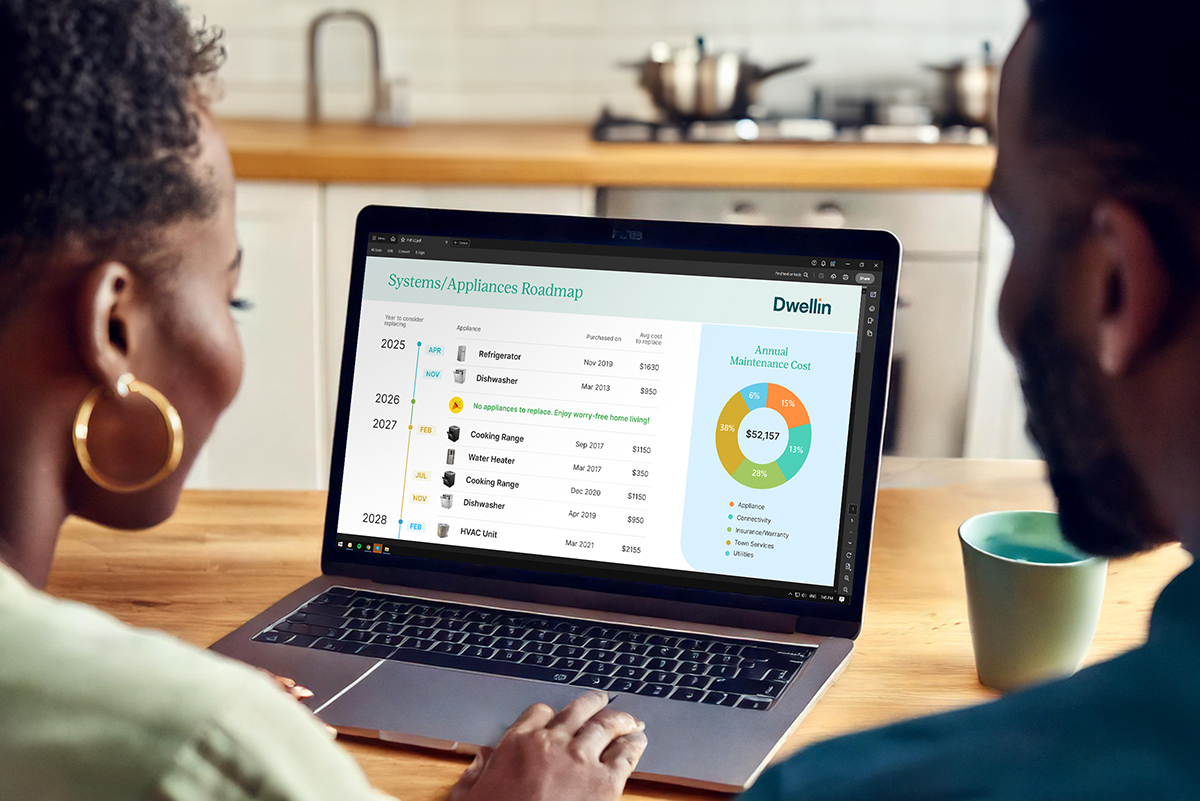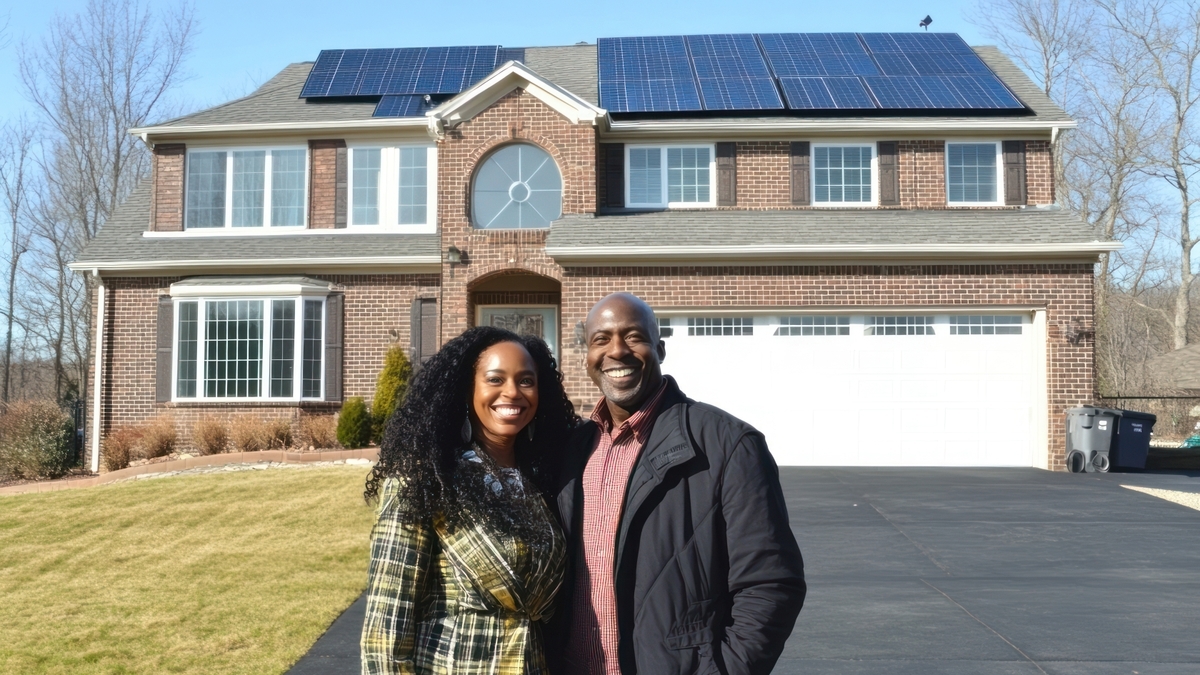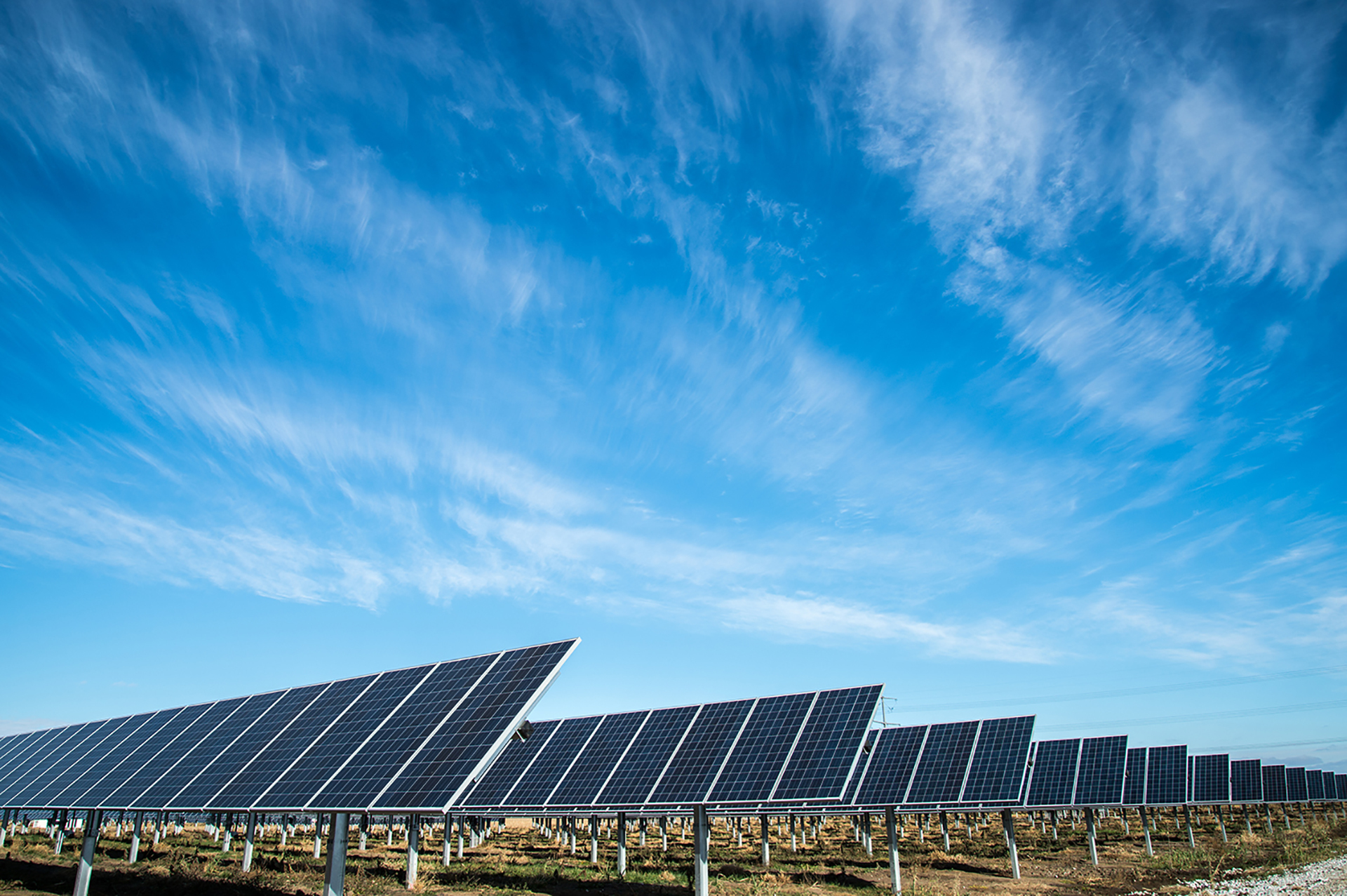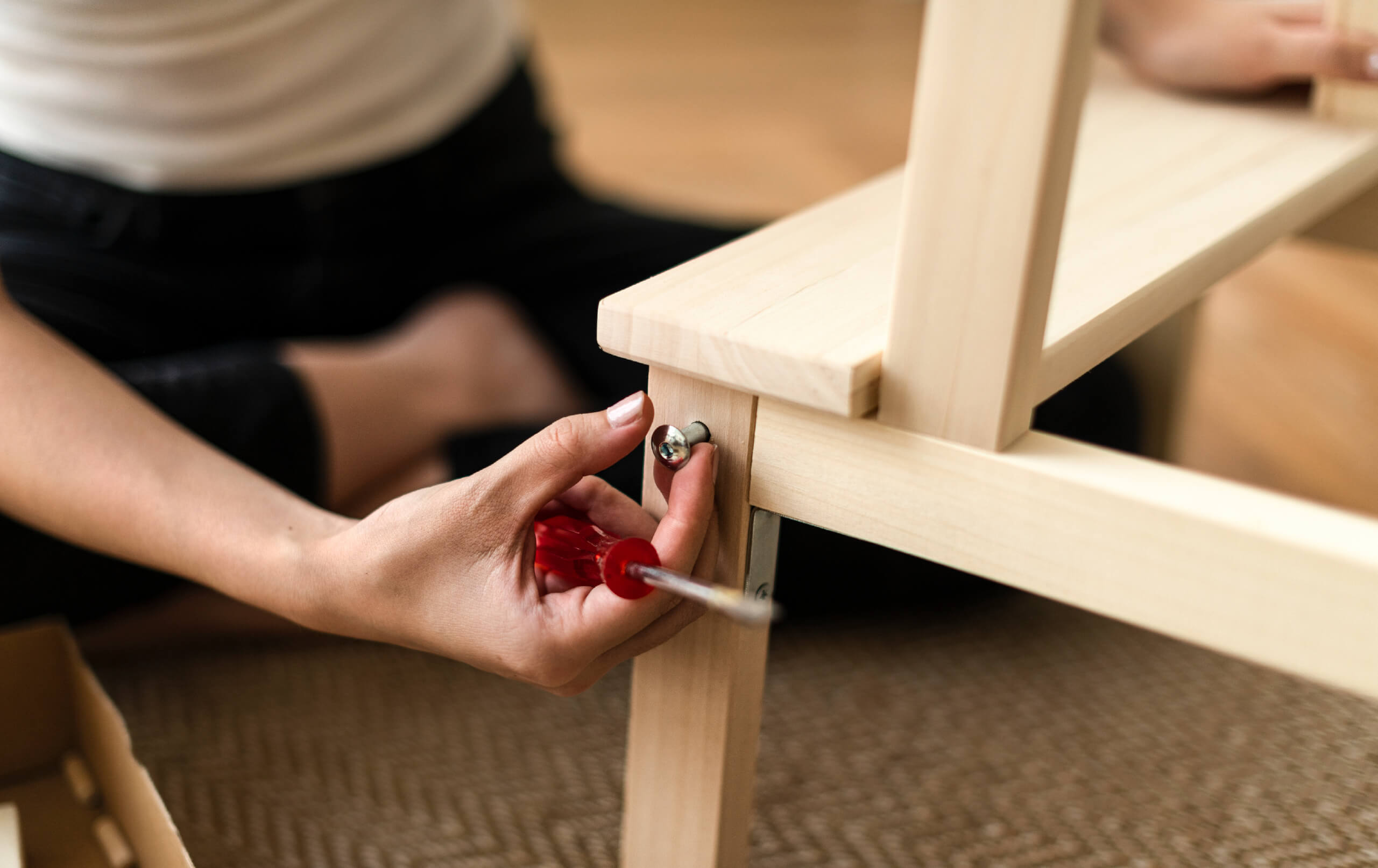Winter Furnace Maintenance Guide
5 minute read

Winters are the most wonderful time of the year. They usher in the holiday season and are the perfect time to celebrate with your loved ones. However, winters are also synonymous with extreme temperatures, snow, and wind that could be potentially dangerous to the safety of our homes. With timely winter home maintenance practices, we can steer clear of unforeseen damage and expensive home repairs.
A well-functioning furnace is a must-have for homeowners. They ventilate cool air during the summer months and circulate warm air during winters to keep the house comfortable and cozy. A tuned-up furnace system will ensure that warm air is properly circulated within the house, safety is assured, and electricity bills are not exorbitant.
How often should the furnace be cleaned?
Ideally, annual furnace maintenance and cleaning in autumn can take care of the points above, while helping you beat the first colder days of winter. Irrespective of which type of furnace you own; basic maintenance will help you address small or big problems on time.
Simple tips to get your furnace winter ready
Temperatures can change overnight during winters, so it is important that the furnace is operating efficiently. Regular furnace tune-ups have numerous benefits, like:
- Well maintained indoor temperature.
- Early detection and servicing of wear and tear or damage.
- Better energy efficiency, lower electricity costs.
- Increased lifespan of the heating system.
PRO-TIP
Check your furnace’s warranty because some warranties require annual maintenance from an HVAC service professional only.
Here is a step-by-step list to inspect your furnace and tips to service it.
1. Check the thermostat
As winter approaches, you can switch the thermostat from cooling to heating. However, before doing that, it is advisable to perform a quick thermostat tune-up. Restart your furnace thermostat to heat and raise the temperature gradually. If you do not hear a click sound while turning the thermostat to heat, it could mean that the system is having trouble turning on. Remove the thermostat cover and check if the wire connections are secure and snug. Here is a step-by-step guide to test the thermostat.
PRO-TIP
Avoid switching on your thermostat from a low to a high temperature suddenly, since that could damage the functioning of the thermostat.
2. Clean the furnace pipes
Modern condensing furnace filters are built-in with an external pipe to get extra air supply. This helps them to generate more heat with less fuel, thereby improving energy efficiency. If this pipe gets clogged, it will impact the furnace’s efficiency and enhance the risk of carbon monoxide buildup.
As part of the annual maintenance, turn off the furnace and scrub the inside pipe to loosen any debris or dust; then use a vacuum to clean out as much as possible. Also, inspect the exhaust pipes of the furnace for any signs of rust damage. A damaged exhaust pipe could result in a carbon monoxide leak inside the home. Any small, corroded holes can be patched up with foil tape. Next, turn on the furnace and hold a smoking incense near the exhaust pipe. The smoke should get drawn toward to hood. Additionally, visually inspect the outer surface where the exhaust pipe ends and remove any objects like branches, bird’s nests, snow, that might be obstructing the pipe.
PRO-TIP
For cleaning the chimney flues, use a metal bristle for a clay flue and a plastic brush bristle for a metal liner flue.
3. Inspect your furnace filters
Air filters keep the impurities, dust, and other allergens away from the heating system to give you a clean airflow. Clogged filters can increase the risk of wear & tear and damage other furnace components; also reducing the airflow and ventilation.
To keep the furnace in good shape, change these air filters every few months, depending on the type of filter. It will ensure prolonged life and better efficiency of your furnace all year long. Home Depot furnace filters come in all shapes, sizes, and filtering capacities. Here is a guide on selecting the right filters for your furnace.
PRO-TIP
Check the MERV (Minimum Efficiency Rating Value) of your filters which signifies how finely they can filter the air. Recommended MERV rating is 8-12 for home filters.
4. Clean the furnace heat exchanger
A heat exchanger is located at the burner assembly of the furnace and continues to the spot where the chimney vent connects with the furnace. It is essential for the safe distribution of air around the house. Cleaning the heat exchanger is best done by a professional, annually. Further, ask the technician to look for any cracks or air leaks. Here is a video explaining the functions of a heat exchanger and a furnace blower and why proper maintenance is vital.
5. Lubricate the furnace components
Finally, making sure all the parts in the furnace are properly lubricated will guarantee that all your furnace is working smoothly. Check the owner’s manual for your furnace if your furnace is the kind that requires routine oiling. If so, turn off the furnace, open the covers and oil or lubricate the bearings, and, blower motor, once a year to prevent unusual noises (if any) and improve overall performance.
Cleaning the floor vents, adjusting dampers if required, and testing the igniter switch are additional tasks that will keep the furnace up and running smoothly. Here is a video on how to lubricate the furnace blower motor.
PRO-TIP
If you have an oil-powered furnace, check the tank level and replace the oil filters annually.
Annual furnace maintenance not only prolongs the life of your furnace, it also assures that you get the most of your investment and your family stays warm and comfortable during the winter months.















